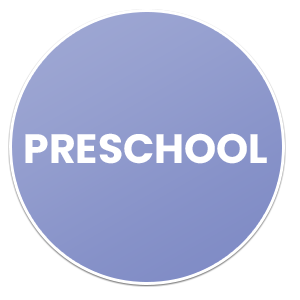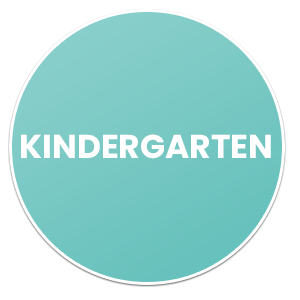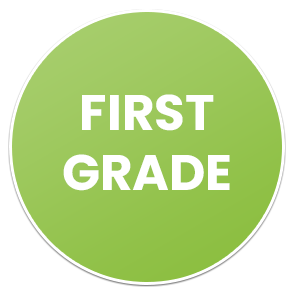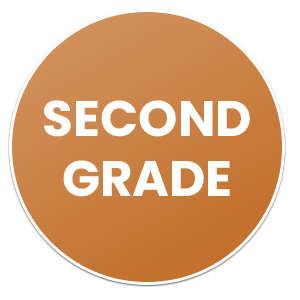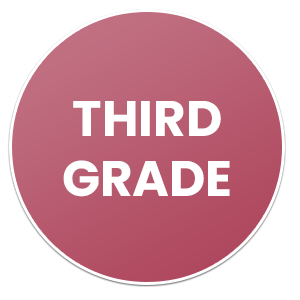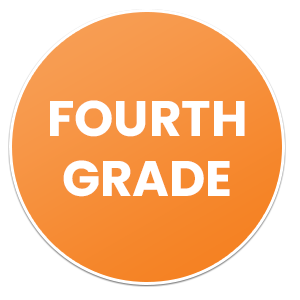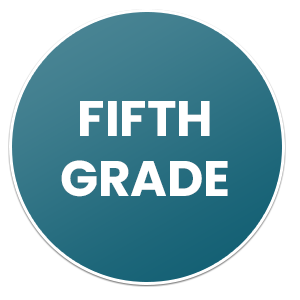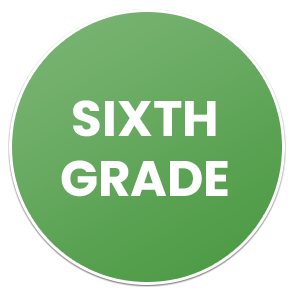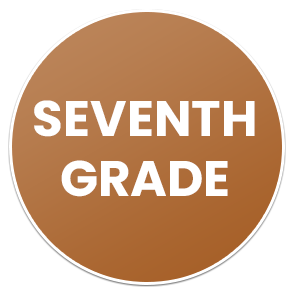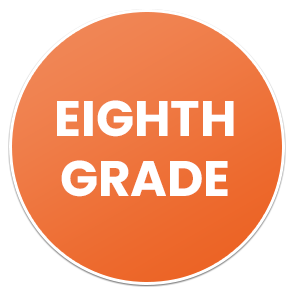How to Teach First Grade
1st Grade Homeschool Curriculum
BookShark’s approach uses levels based on age ranges instead of a rigid grade system, appreciating that children progress at different speeds. By choosing a homeschool curriculum that fits your child’s development, they can grow and thrive naturally. Plus, BookShark can be utilized with multiple children at varying ages.
Are you considering homeschooling your first grader but not sure where to start? You’re in the right place! In this blog post, we will guide you through how to homeschool a 1st grader, from choosing the best curriculum to understanding the legal aspects of homeschooling. Let’s dive in and discover the exciting world of first-grade homeschool curriculum together!
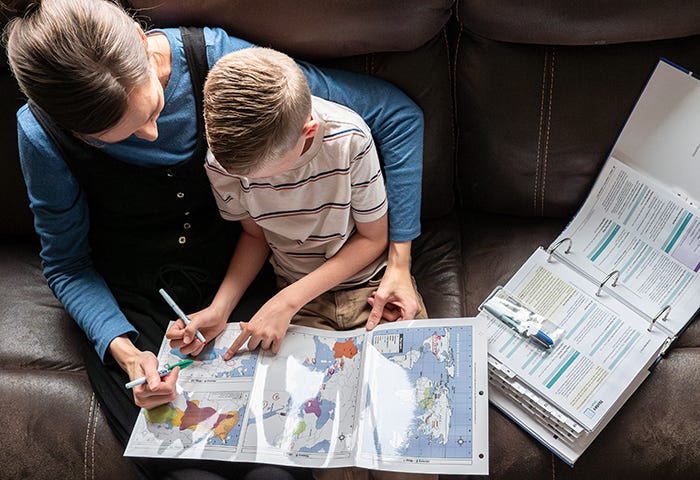

Can I Homeschool My First Grader?
Many parents wonder, “Can I homeschool my first grader?” The answer is yes! Homeschooling your 1st grader can be a rewarding and enriching experience for both you and your child. It allows for personalized learning, flexibility in scheduling, and the ability to tailor education to suit your child’s unique needs.
Homeschooling a 1st grader requires dedication, patience, and creativity. You don’t need to be a certified teacher to provide a quality education at home. With the abundance of resources available online and through curriculum providers, you can feel confident in guiding your child’s learning journey.
When considering homeschooling your first grader, take into account your child’s learning style, interests, and strengths. This will help you choose a 1st grade homeschool curriculum that aligns with their individual needs and fosters a love for learning.
Remember that homeschooling is not just about academics; it also provides opportunities for real-world experiences, character development, and family bonding. So if you’re thinking about homeschooling your 1st grader – go for it!
Is it Legal to Homeschool My 1st Grader?
One common question that parents often have when considering homeschooling their first grader is whether it is legal to do so. The answer to this question can vary depending on where you live, as homeschooling laws differ from state to state. When it comes to choosing a curriculum for kindergarten homeschooling, there are several factors to consider. First and foremost, you’ll want to look for a curriculum that aligns with your child’s learning style and interests. Some children thrive with hands-on activities, while others prefer more structured lessons.
In the United States, homeschooling is legal in all 50 states, but the regulations surrounding it can vary significantly. Some states have strict requirements for homeschooling parents, such as submitting lesson plans or having regular assessments done by a certified teacher.
Other states are more lenient and may only require parents to notify the school district of their intent to homeschool. It’s important to research the specific laws and regulations in your state before starting a homeschooling program for your first grader.
While there may be some hoops to jump through legally, rest assured that with proper research and preparation, you can navigate the legalities of homeschooling your first grader successfully.
How to Homeschool a 1st Grader
When homeschooling a 1st grader, creating a structured routine is key. Set up a designated study area free from distractions to help your child focus. Establish a daily schedule that includes time for lessons, breaks, and hands-on activities.
Use diverse teaching methods to keep your child engaged and cater to their individual learning style. Incorporate games, videos, and interactive tools into the curriculum to make learning fun and effective. Encourage curiosity by exploring topics of interest together and allowing room for creativity in assignments.
Stay flexible with your approach and be patient as your child adjusts to the new learning environment at home. Celebrate small victories along the way to boost motivation and confidence. Remember that every child learns at their own pace, so tailor the curriculum to meet your 1st grader’s unique needs and interests.
How To Choose A Curriculum For My 1st Grader
When it comes to choosing a 1st grade homeschool curriculum for your child, it’s essential to consider their learning style and interests. Start by researching different options available, such as online programs, textbooks, or hands-on materials. Take into account your child’s strengths and weaknesses in various subjects before making a decision.
Consider the flexibility of the curriculum and how well it aligns with your family’s schedule. Look for resources that provide a good balance between structured lessons and room for exploration. Don’t be afraid to mix and match different resources to create a customized approach tailored to your child’s needs.
Seek recommendations from other homeschooling families or educational professionals to get insights on what has worked well for them. Remember that every child is unique, so what works for one may not work for another. Stay open-minded and willing to adapt as you navigate through the homeschooling journey with your 1st grader.
BookShark’s approach uses levels based on age ranges instead of a rigid grade system, appreciating that children progress at different speeds. By choosing a homeschool curriculum that fits your child’s development, they can grow and thrive naturally. Plus, BookShark can be utilized with multiple children at varying ages.
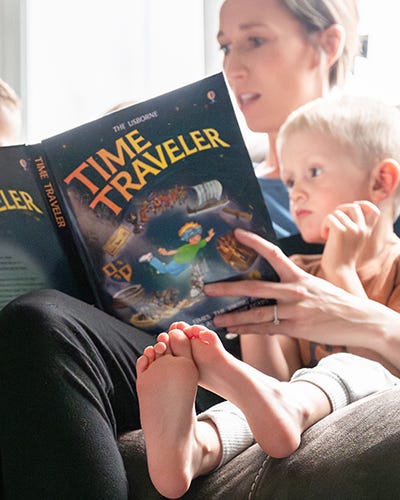
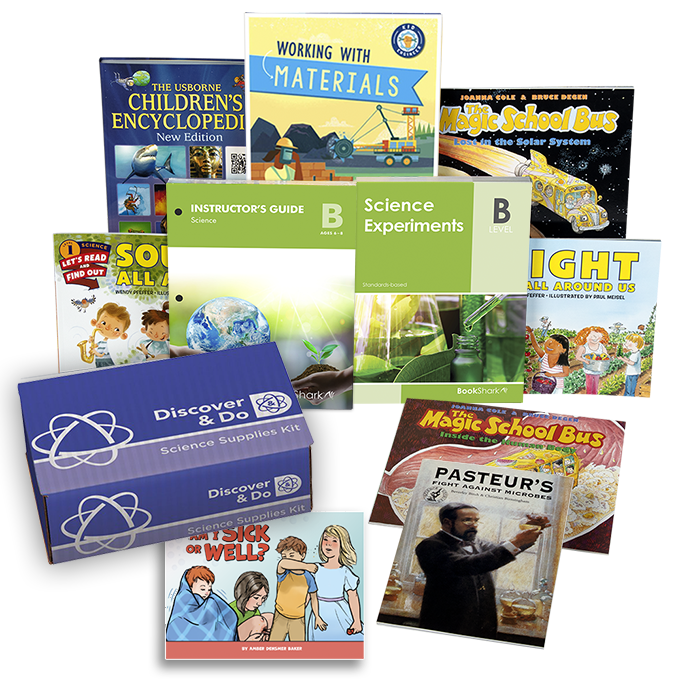
How Much Times Does It Take To Homeschool My 1st Grader
Homeschooling a first grader can be a flexible and efficient way to educate your child. One of the benefits is being able to tailor the schedule to fit your family’s needs. The amount of time it takes to homeschool a 1st grader varies depending on factors like curriculum choice, teaching style, and how quickly your child grasps concepts.
On average, homeschooling for a 1st grader could take anywhere from 2-4 hours per day. This time includes structured lessons, hands-on activities, reading practice, and playtime. Keep in mind that younger children have shorter attention spans, so frequent breaks are essential.
Some families find success with block scheduling where subjects are taught in longer sessions over fewer days. Others prefer spreading out learning throughout the day for shorter increments per subject. Experimenting with different approaches can help you find what works best for your child and family dynamic.
Subjects For A 1st Grade Homeschool Curriculum
When homeschooling your first grader, it’s essential to cover a variety of subjects in their curriculum.
Mathematics is a fundamental subject for 1st graders, where they learn basic addition and subtraction skills through fun activities and games. Reading and language arts help develop literacy skills like phonics, reading comprehension, and writing.
Science introduces young learners to the wonders of the world around them by exploring topics like plants, animals, and weather. Social studies teaches about communities, history, geography in an interactive way.
Art allows children to express their creativity through drawing, painting, and crafts. Physical education keeps kids active with exercises that promote health and wellness.
By incorporating these diverse subjects into your first-grade homeschool curriculum, you can provide a well-rounded education for your child.
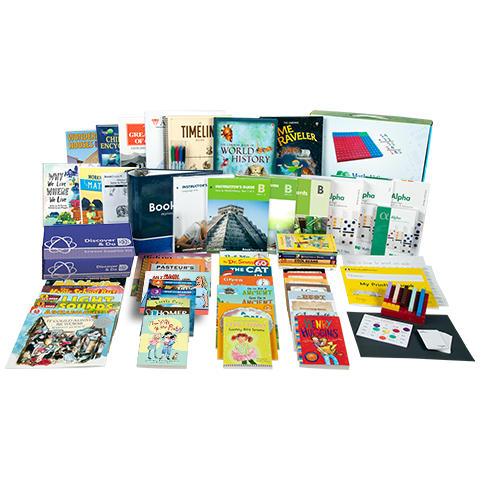
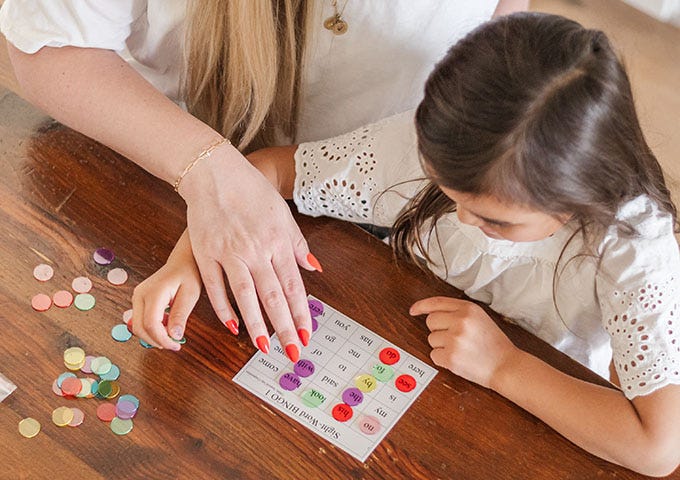
What Math Should A 1st Grader Know?
When it comes to math for first graders, the focus is on building a strong foundation. Basic concepts like counting, addition, and subtraction are key areas of learning at this stage.
First graders should be able to count up to 100 by ones and tens, understand place value up to tens and ones, and solve simple word problems involving these concepts. They should also be able to add and subtract within 20 using strategies such as counting on or back.
Geometry becomes an exciting part of le][p? arning in first grade with shapes like circles, squares, triangles, rectangles being introduced. Measurement skills start developing through understanding units of length, weight, capacity.
First graders should feel confident with numbers up to 100 and have a solid grasp of basic mathematical operations before moving on to more complex concepts in higher grades.
Benefits of Homeschooling Your First Grader
Homeschooling your first grader can be a rewarding experience for both you and your child. The flexibility to tailor the curriculum to suit your child’s learning style, pace, and interests is a significant advantage. By creating a personalized learning environment at home, you can foster a love for learning that will last a lifetime. Additionally, homeschooling allows you to spend quality time with your child, strengthening your bond and creating lasting memories together.
Choosing the best 1st grade homeschool curriculum may seem overwhelming at first, but with careful consideration of your child’s needs and preferences, you can create an enriching educational experience. Remember that every child is unique, so what works for one student may not work for another. Trust yourself as the primary educator in guiding your first grader through this exciting journey of learning and discovery. With dedication, patience, and creativity, homeschooling your first grader
Frequently Asked Questions
Is homeschooling my 1st grader free?
Homeschooling funds vary state to state. For the most updated resources please check your state’s Department of Education website or find out about educational saving accounts here.
How many hours a day should a first grader homeschool?
Homeschooling a first grader typically involves around 1 to 2 hours of focused instruction per day. This duration can vary based on the child’s attention span, the curriculum used, and the learning activities planned. It’s important to maintain flexibility, incorporating breaks and hands-on activities to keep the learning experience engaging and effective.
What should a 1st grader be able to read?
A 1st grader should be able to read simple stories, basic sight words, and common phonetic patterns. By the end of 1st grade, students typically recognize and read high-frequency sight words such as “the,” “and,” “is,” and “in.” They understand basic phonics rules to decode unfamiliar words and can read simple sentences and short paragraphs fluently. Additionally, they should be able to comprehend and retell basic elements of a story, such as characters, settings, and events. At this stage, children begin to read age-appropriate books with some assistance, gradually moving towards independent reading. Encouraging regular reading practice and providing a variety of engaging, age-appropriate materials can help strengthen their reading skills.
